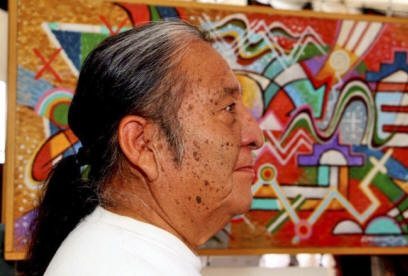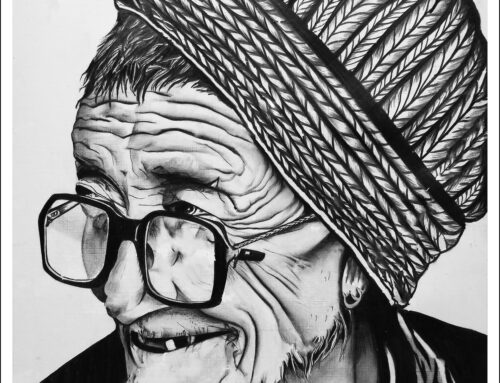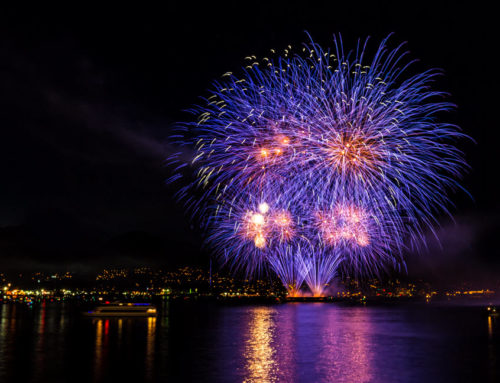Its all about an impressive art work, that represents the Native American culture in the Desert View Watchtower in Grand Canyon. I shot this picture using a high ISO setting, when there is very low light setting inside the famous Tower. Unless you uncover the details thru a photograph, you don’t realize it is an amazing work. Check the high resolution image at the bottom of this blog. If you spend the day at the Grand Canyon, then I recommend you finish it out here! It’s beautiful during the sunset and has a way of bringing things all together. The Watchtower was built by Mary Coulter, the architect of 6 of the most famous structures in the Grand Canyon. This one is on the East canyon rim drive. It rises out of the bedrock of the canyon, on the rim, overlooking everything. It is 70′ tall built of stone and mortar at the edge of the rim with excellent views of the east side of the Grand Canyon. If you are leaving the park by the east entrance, you will stop here automatically. You can climb up to the 2nd and 3rd levels. The bottom level is a gift shop – surprise, surprise. Look at some of the literature and you will be amazed at what Mary coulter accomplished here.
Coming back to the Art work ..The artist , Fred Kabotie was born into a highly traditional Hopi family in Arizona. His Hopi name was Naqavo’ma, meaning “the sun coming up day after day”; however, his paternal grandfather gave him the nickname Qaavotay, meaning “tomorrow.” His teacher at Toreva Day School spelled his nickname “Kabotie,” which stuck with him for the rest of his life. As a child, he drew images of katsinas with bits of coal and earth pigments onto rock surfaces near his home.

Famed Hopi artist Michael Kabotie
What you see in this art?
The ceiling decoration is an adaptation of the very ancient rock paintings found at the Abo Caves in central New Mexico, just west of the ruined city of Abo. While the decoration as used on the ceiling here is circular in form, the original paint-ings actually occur on the ceilings and walls of overhanging cliffs. These cliffs extend several hundred feet in length but at no place are more than ten feet deep. Every available surface has been covered with pictures, once limed in brilliant color. The same pigments are still used by the Pueblo Indians.”
“Many of the individual figures used in the ceiling decorations connect these paintings with symbols and ceremonies still in use by living Indians. Many more of these pictographs are of symbols, the meanings of which are lost in antiquity.”
Desert View Watchtower Symbols and Decoration on CeilingTake a closer look, count the number of hand designs located in the circle.
“Sometimes it is the imprint of a hand dipped in pigment; at others, the color is stenciled around the hand. It well may represent a signature, the sign manual of the artist.”
The high resolution of the watch tower roof. by Hopi Artist Fred Kabotie. ( www.sridar.photography)







Leave A Comment